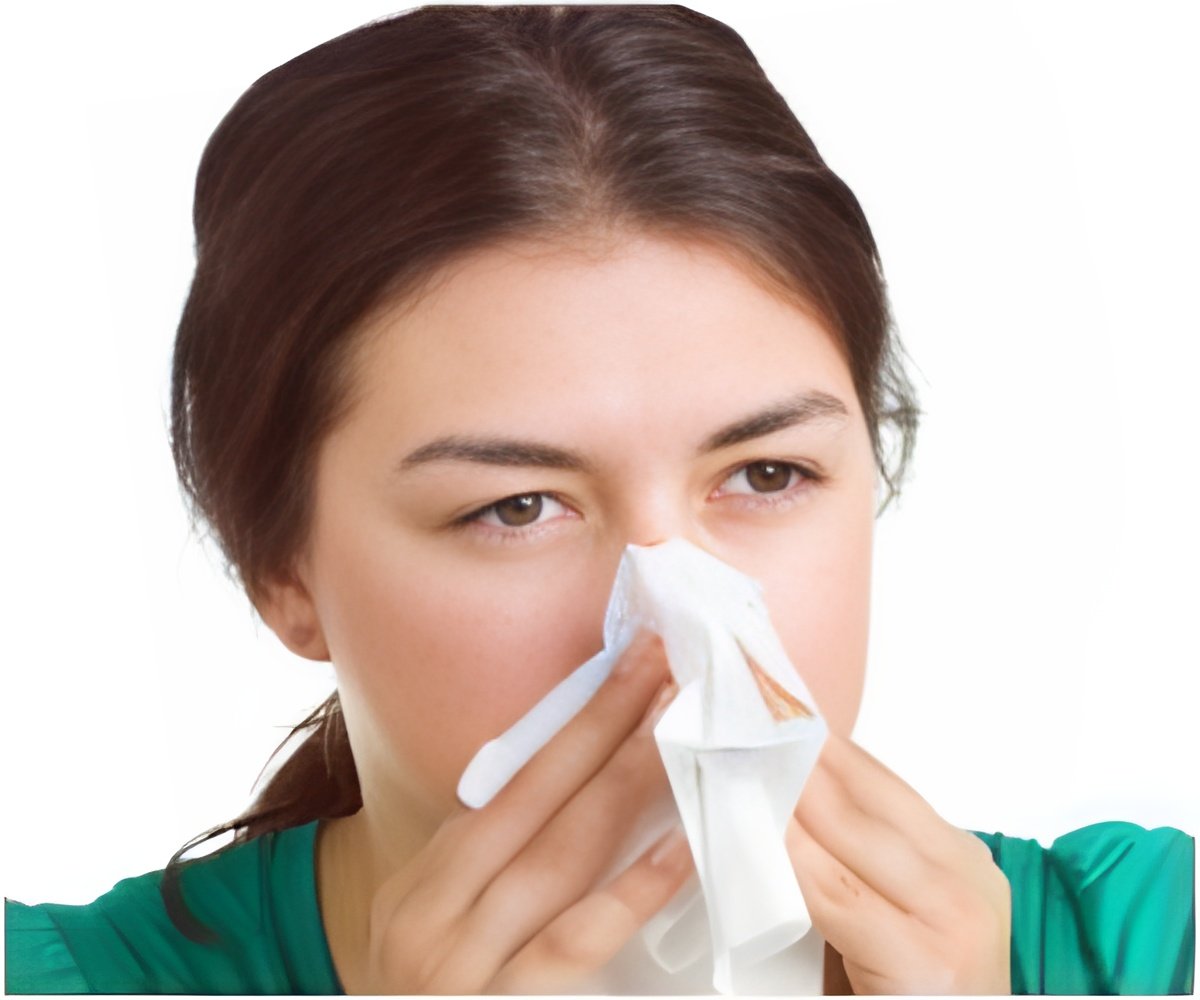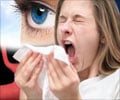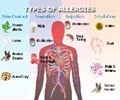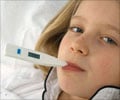There is good news for people who are allergic to grasses and dust mites. Researchers have successfully tested treatments for people prone to these allergies.

They are expected to be helpful for the millions of people who, as a reaction to grass pollen or the tiny bugs that live in house dust, have sneezing, itching eyes and a running nose that often significantly impacts their productivity at school or work.
The two studies were conducted by Adiga Life Sciences, a joint venture between McMaster University and Circassia, a UK based biotechnology company, and was supported by St. Joseph's Healthcare Hamilton.
It is estimated that together, these allergens are responsible for more than 50 percent of allergic respiratory disease.
Between 15 and 25 percent of the population in North America and Europe is sensitive to pollen from different grass species.
One in four people is sensitized to house dust mites, more than any other common allergen, which includes millions of people in these regions.
Advertisement
"This result is an important validation of the approach we are taking to treat allergic diseases," Mark Larche, who led the design of the treatments, said.
Advertisement
Source-ANI















